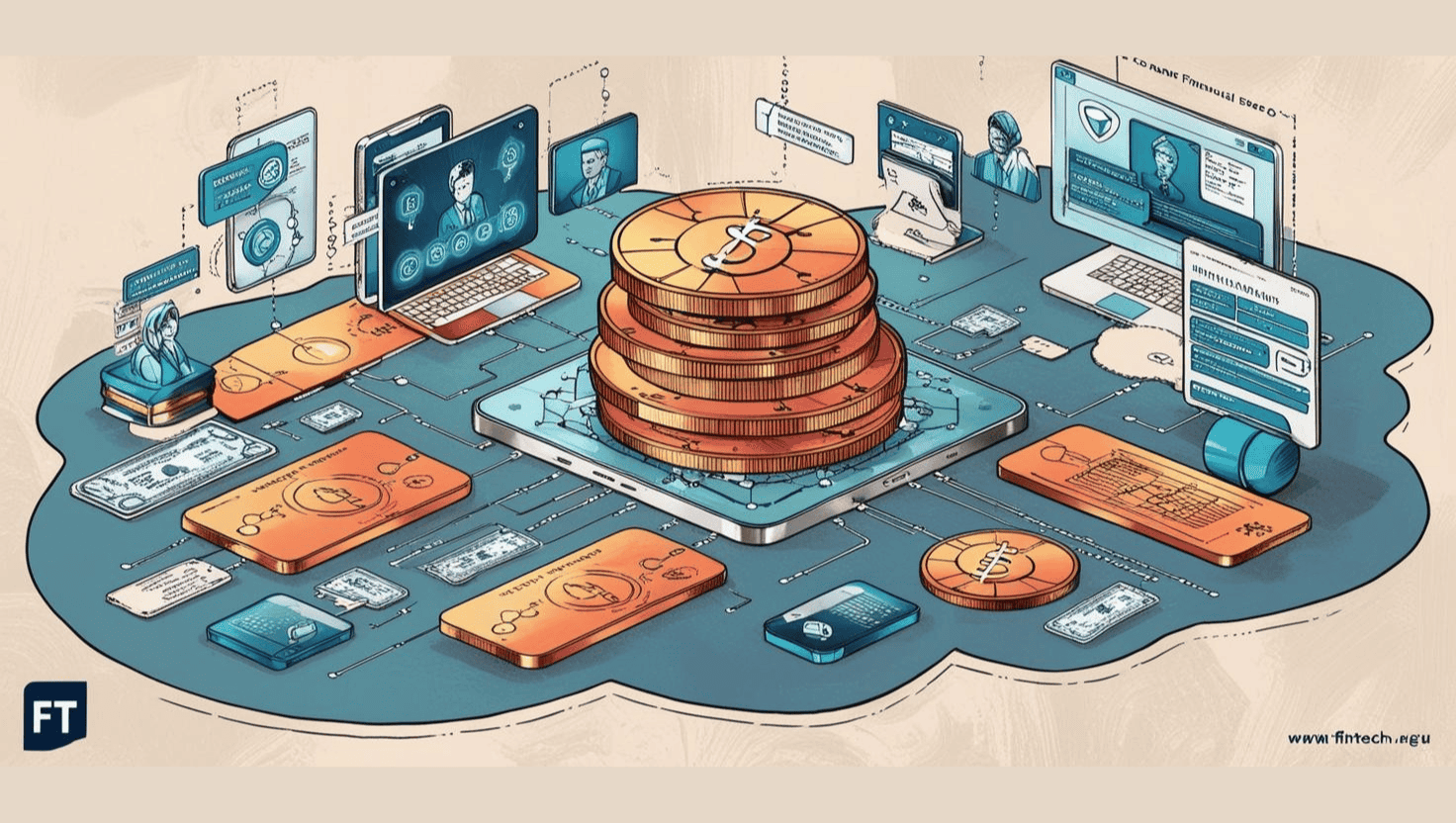
In a tech landscape overflowing with buzzwords like “disruption” and “innovation,” the real question is: Who actually benefits from all this progress? At this year’s SXSW, fintech leaders dug into the deeper issues—how to use technology responsibly, how to serve those long ignored by traditional banking, and how to make sure innovation isn’t just a luxury for the few.
Financial inclusion in fintech has gained momentum, but panelists made it clear: we’re still at the beginning of a much longer journey. As fintech continues to evolve, trust, transparency, and a sense of purpose must be more than talking points—they need to be built into the very DNA of the systems we create.
Tech That Serves, Not Shocks
The rise of AI and generative tools like ChatGPT may seem sudden, but the concept of technology as a tool isn’t new. Like the sticks and stones of early humans, today’s digital tools can be used to feed or to harm. Their impact depends on intention.
That’s why one of the most powerful ideas raised was simple: technology isn’t inherently good or bad. It’s a force multiplier. The challenge lies in applying it in ways that simplify human lives, deliver smarter insights, and increase capability—without creating new risks or deepening existing inequalities.
When financial institutions and fintech companies adopt emerging technologies, they must ask not just what they can do, but what they should do. Cutting-edge tools are only as useful as the ethical frameworks that shape their application.
The Ethics of Algorithms
One of the standout conversations at SXSW centered on how artificial intelligence is already creating—and amplifying—biases in financial services. For example, credit scoring algorithms can produce different outcomes for two people with identical profiles, simply based on where they live. That isn’t just a glitch—it’s a serious equity issue.
The solution isn’t to abandon AI. It’s to supervise it like we would a child. AI needs guidance, boundaries, and yes—some wisdom from the “grandparents” in the room. Developers, product managers, and compliance professionals all have a role to play in overseeing these systems and catching unintended consequences early.
Critically, fintech leaders need to build transparent “glass box” models instead of opaque “black box” algorithms. If you can’t explain how your AI system makes decisions, you can’t govern it—or defend it. That’s why traceability and auditability should be built into every financial AI system from the start.
Trust Trumps Tech
A key takeaway from the SXSW discussion was the growing importance of trust. In financial services, this isn’t new—but it’s more urgent than ever.
Customers don’t just want seamless user interfaces. They want to know their data is safe, their money is secure, and the products they’re using won’t discriminate. Trust is the ultimate competitive advantage. And it can be lost faster than ever.
Fintech companies and banks must embed trust into every layer of their operations. That includes using AI to monitor outcomes for fairness and taking proactive steps to correct disparities in lending or product eligibility. Regulation is coming, but ethical responsibility can’t wait.
Real-Time Responses to Real-Time Crises
The recent collapse of Silicon Valley Bank was also on everyone’s mind. For fintech startups caught in the crossfire, it was a terrifying reminder of how fragile access to capital can be. Payrolls were frozen. Payments stalled. Uncertainty spread.
The lesson? Financial infrastructure needs to be resilient and inclusive—not just fast.
While the FDIC and regulators worked quickly to restore confidence, many entrepreneurs were left scrambling. The SVB situation highlighted how fintech’s growth still depends on stable, trustworthy banking partners. It also underscored the need for redundancy, transparency, and better risk oversight—especially for banks serving high-growth sectors like tech and crypto.
From Mobile Wallets to National Infrastructure
While some conversations focused on crisis response, others zoomed out to look at global progress. Around the world, governments and nonprofits are investing in digital public infrastructure—real-time payment systems, digital ID networks, and open-source platforms—to drive financial inclusion.
These systems are especially powerful in regions where traditional banking has struggled. Mobile wallets, for example, have exploded in use across Africa, Asia, and Latin America. In Kenya, M-Pesa set the gold standard. In India, UPI has become the backbone of digital payments. In Brazil, PIX scaled to millions of users in months.
What’s common across these systems? Interoperability, simplicity, and government backing. They aren’t siloed, and they prioritize inclusion from day one. For the 1.3 billion people globally who remain unbanked, these platforms represent a promising path forward.
Identity Is Access
Financial inclusion can’t happen without digital identity. Without a way to prove who they are, individuals can’t open accounts, access services, or receive government aid. In countries like India, the Aadhaar system solved this with a biometric ID that works across programs and platforms.
But identity isn’t just a government problem. Financial providers must also think about how their onboarding processes affect access. If your mobile app requires a passport or driver’s license, you’ve already excluded millions. Voice recognition, facial ID, and other emerging tools can help bridge that gap—if implemented responsibly.
Chaos Creates Opportunity
Despite all the concern, the atmosphere at SXSW was ultimately optimistic. The fintech sector may be facing turbulence, but that’s often when the biggest breakthroughs happen. Economic uncertainty forces entrepreneurs to focus. Regulatory pressure pushes institutions to do better. And user expectations rise with every headline.
In short, now is the perfect time to build better systems. Whether it’s smarter AI, more equitable credit models, or global payment rails, fintech has the tools to drive real impact.
But the industry must move from good intentions to measurable outcomes. That means investing in inclusive design, engaging diverse teams, and holding ourselves accountable—not just when things go wrong, but before they do.